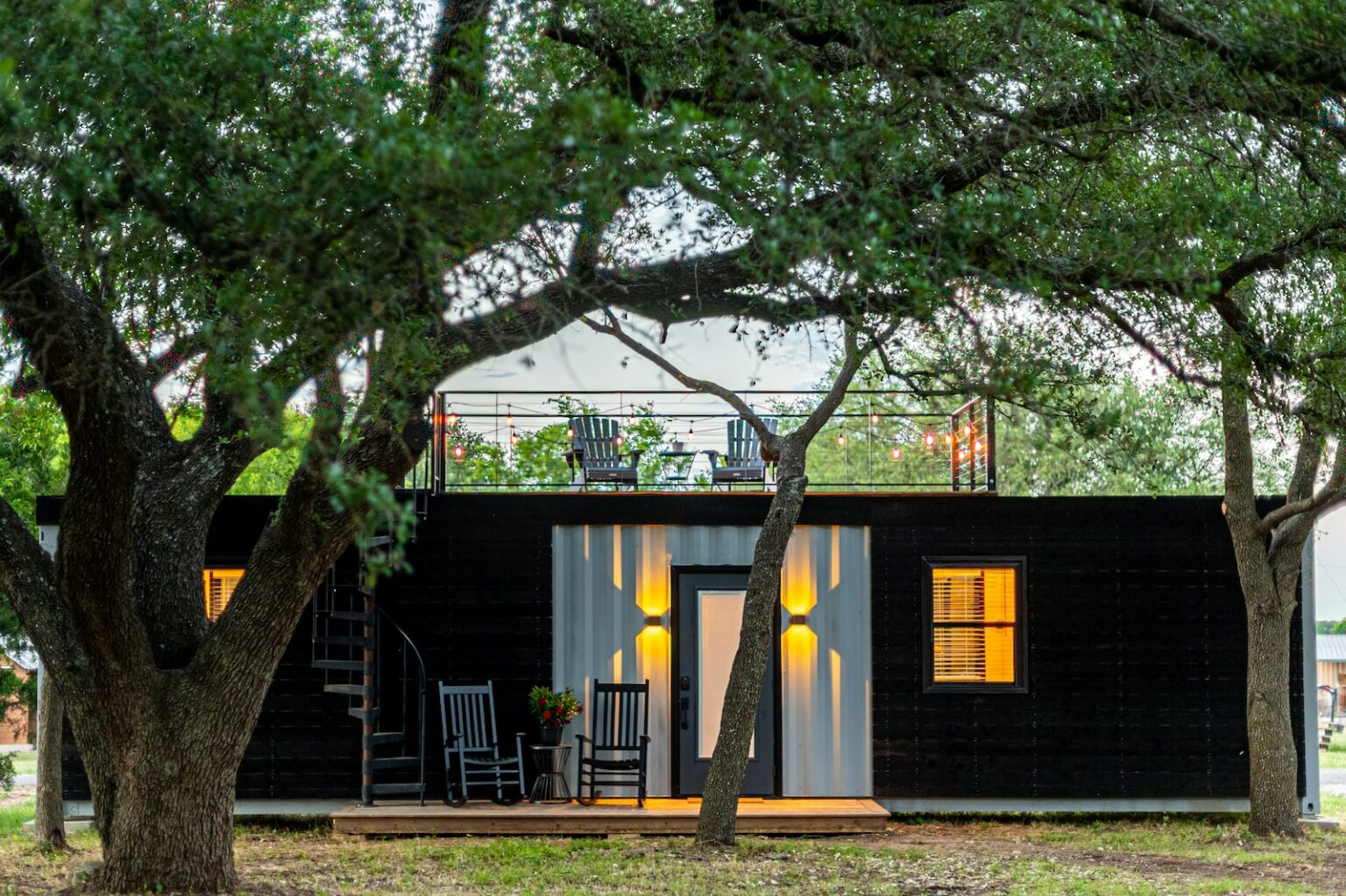With higher interest rates impacting investors, many buyers are looking at creative ways to boost their rental income.
One popular strategy is building an extra dwelling – like a granny flat – on the property. While it’s not possible in all situations, there are benefits to having a second residence on the property.
Here are some advantages and disadvantages of building a granny flat on your investment property.
Advantages:
Cash flow and yield – One of the main benefits of building a granny flat is the potential for increased cash flow and yield. With a separate living space on the property, investors can generate extra rental income. Even during periods when the main residence is vacant or undergoing renovations, income from the granny flat can continue to flow, providing a reliable source of cash.
Tax benefits – Investors may be eligible for certain tax benefits when they build a granny flat. Depreciation on the granny flat can help reduce their overall taxable income. This can result in significant savings, making it an attractive option.
Equity growth – Adding a granny flat to the property can lead to an increase in its overall value. While the equity growth may not match that of other dual-occupied properties like duplexes, it still provides some appreciation.
Appeal to certain buyers – Granny flats offer flexibility in their usage, making them appealing to a wide range of tenants and potential buyers. They can serve as a teenager’s retreat, guest space, home office, or an extra bedroom.
Development cost – Compared to extensive renovations, duplex developments, or subdivisions, building a granny flat is relatively cost-effective. The lower development cost allows investors to expand their property portfolio without the huge costs that come with bigger projects.
Rental demand – Granny flats provide affordable housing options, making them highly attractive to a specific demographic of tenants, such as singles, retirees, the elderly, and single parents.
Disadvantages:
Approvals and regulations – Building a granny flat requires adherence to specific council rules and regulations, which can vary from one area to another. Obtaining the necessary approvals may not be quick and there might be additional costs involved.
Overcapitalisation – Investors must be careful about spending too much on any type of development. While a granny flat can add value, it may not always translate to a proportional increase in property valuation. Lenders may also be conservative in assessing the added value, limiting potential borrowing capacity.
Limited buyer appeal – While granny flats can be attractive to certain tenants and buyers, they may not appeal to everyone. Families seeking larger homes may not find a property with a granny flat suitable, potentially narrowing the target market and reducing the pool of potential buyers when it comes time to sell.
Opportunity cost – Before committing to a granny flat development, investors should carefully evaluate the opportunity cost of their investment. Consider whether the money used for the development could find higher returns elsewhere, such as a deposit for another investment property.



